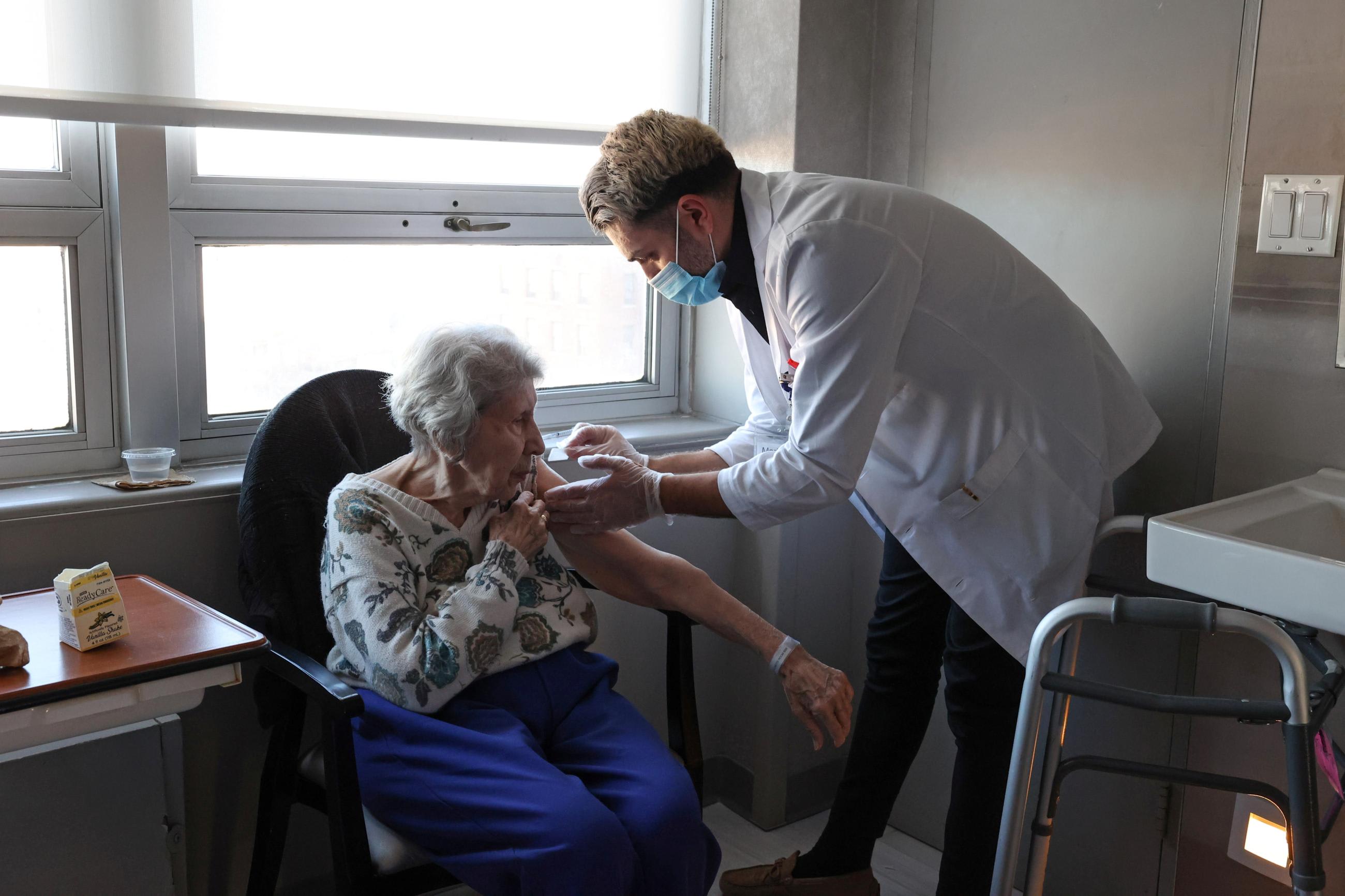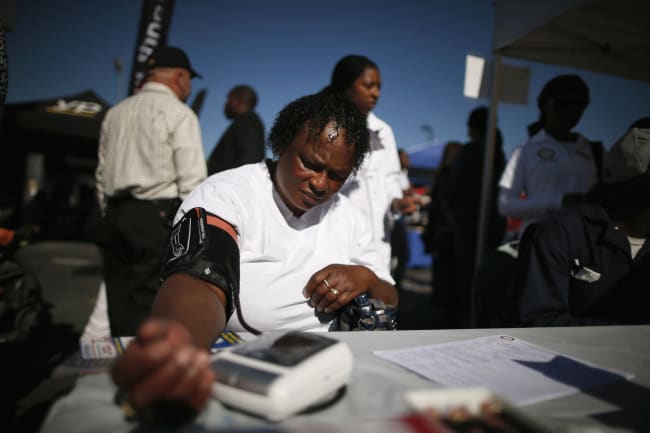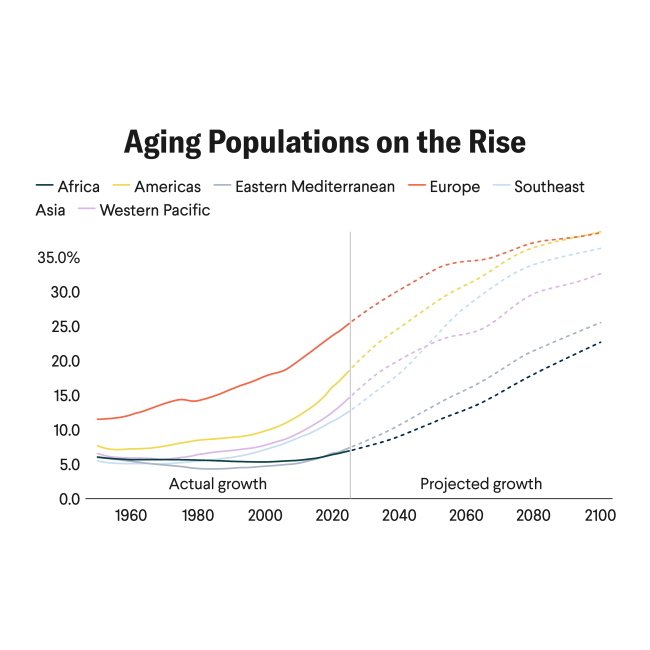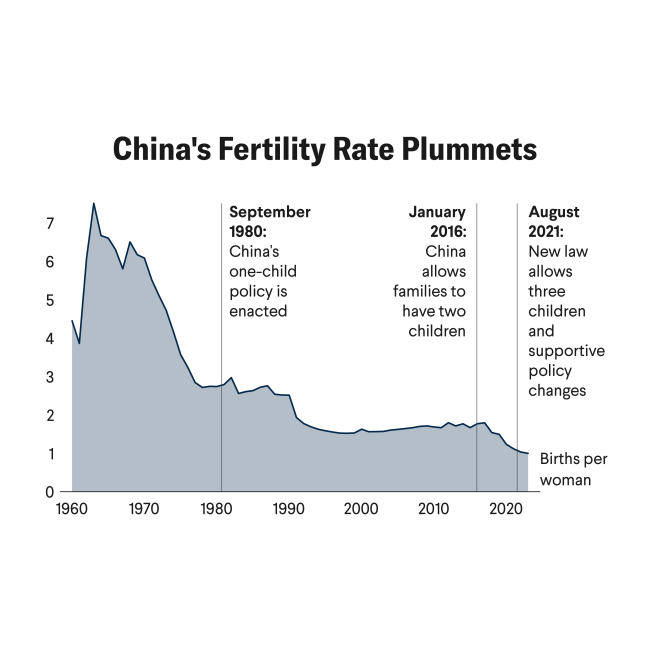By 2050, the population of Americans age 65 and older is projected to increase by more than 50%. Of this group, more than half are expected to experience serious long-term care needs and use paid long-term services. A recent Kaiser Family Foundation survey found, however, that few adults have had a serious conversation with a loved one about who will care for them if they need help or how it will be covered financially.
Despite the ever-increasing need for long-term care, the United States has no national program. Instead, it has Medicaid, a patchwork public health insurance program administered at the state level and financed jointly by federal and state governments. When the time comes, Americans and their loved ones are left to slog through the murky Medicaid waters alone, often after the need for care has risen. The resulting hardship is a consequence of the U.S. failure to develop a cohesive, navigable system.
Considering the consistent gridlock in Congress and that election season in full swing, it's worth adding long-term care to voters' policy priorities, given that Medicaid could easily become central to the continuing quest for national budget containment.
The Current U.S. System
With no standardized national program, the United States has anchored its long-term care benefits in Medicaid. Given the program's partial reliance on federal funding, congressional power of the purse lends itself to some influence over state programs, but use of this power has been rare. Medicaid includes only two mandated long-term care benefits, and the populations that states are federally required to cover are extremely limited. The remaining decisions are largely left to individual states.
Few adults have had a serious conversation with a loved one about who will care for them if they need help or how it will be covered financially
Despite expansion attempts at the federal level—most notably the introduction of the 1915(c) home and community-based services waiver that gives states the option to implement long-term care service programs in lieu of nursing home admission—they are optional and have contributed to the inconsistency and confusion seen today. Similarly, many states use Section 1115 demonstrations to experiment with changes to Medicaid in an attempt to better serve program populations.
Two states working within the same federal parameters can have glaringly different policies. Let us compare an unmarried, 65-year-old American's eligibility potential in Georgia and California (see the Gateway LTC policy explorer). To be eligible for Georgia Medicaid, this hypothetical applicant's assets must be worth $2,000 or less. In California, as of 2024, the same applicant would face no asset limit. (Notably, California was able to achieve this generosity through a 1115 demonstration).
Looking at benefits, California provides several, including personal care services and adult day health care, through the state Medicaid plan, meaning that anyone who is financially and medically eligible can receive them. Georgia only provides those services through a limited 1915(c) program that requires applicants to meet an intensive level of care comparable to that in a nursing facility. Under this system, a person can go from comprehensive coverage to total Medicaid ineligibility depending on state lines.
In Medicaid's early years, it made sense to provide avenues for states to experiment with long-term care through a tailored process rather than a one-size-fits-all approach. Decades later, the benefits from broad experimentation are mitigated by the complexity of a patchwork system. Now, Americans have to decide what type of system they want because the government's indecision has created an unnecessarily complicated environment to navigate.

Insurance Versus Assistance
Before the United States can implement a new system, it first needs to decide what it wants. The two main approaches are insurance and assistance. Insurance, paid for by monthly premiums or paycheck deductions, covers a population and anyone within it can receive benefits if they need long-term care. Assistance covers a subset of the population with limited income and assets and a need for long-term care and is typically funded by general tax revenues.
Medicaid is public assistance. That contrasts with Medicare and Social Security, which follow an insurance model that uses FICA taxes as the premiums. Even though the United States has no public long-term care insurance, an established private market, such as car insurance, under which the vast majority of drivers have some policy and no state has fewer than 50 insurers, could be a theoretical alternative.
Today, private long-term care insurance is a luxury, and only 1 in 10 adults have a private policy. Private long-term care insurance faces two fundamental challenges: first, people who buy it are more likely to expect to require these services, and, second, when people need these services, they often need them for the rest of their life and the annual cost is substantial ($94,000 for nursing home care in 2021).
Those challenges mean that the individual premium is expensive (ranging from $2,500 to $4,500 annually) and companies cap lifetime benefits or duration. Combining the high cost with the fact that most people don't know their risk of needing long-term care leads to a limited market.
However, viable alternatives exist. In Japan, long-term care insurance is mandatory for citizens age 40 and over. Implemented in 2000, their system is financed equally through premiums and taxes. Coinsurance rates are fixed, and upper limits are set on out-of-pocket expenses, making it sustainable for both the government and the beneficiary.
At the very least, it is clear that everyone has access to the same system. Japan was one of the first countries forced to grapple with a sizable aging population, but their efforts are not unique.
Today, private long-term care insurance is a luxury, and only 1 in 10 adults have a private policy
Countries such as Austria have implemented a public assistance structure to cover the cost of long-term care needs for citizens who cannot afford to pay out-of-pocket. Fees vary by income level and the type of care required. That strategy is not so different from Medicaid, but, fundamentally, Austria has a major advantage—a clear and simple approach that is consistent across all states.
Regardless of which model Americans choose, the system should be simpler. A uniform approach to long-term care will make health care more effective. At the very least, Americans should know exactly what they're getting, and no one should be shocked—mentally or financially—when the time comes. Instead, a new U.S. health-care model should prepare people to make informed decisions that consider their risk tolerance.
Consequences of Inaction
Our indecision has real-life consequences. As people live longer, more will require long-term care, and if it's not coming from a public or private provision, it will come from informal care. Nearly 1 in 5 American adults say they personally acted as a caregiver for a loved one in the past two years.
When someone steps into the role of a caregiver, they not only take on additional responsibilities, but in some cases also reduce or forgo their paid employment entirely. The New York Times recently shared the experiences of several Americans suffering the consequences, including sacrificing promising careers to adequately care for a parent. Families face unexpected financial ruin because of the hodgepodge system, and both the care recipient and their loved ones feel the brunt of it.
Not only is the system problematic for those who are able to understand it, but the United States also suffers from a lack of public knowledge of the system itself. Four in 10 adults incorrectly believe that Medicare is the primary source of insurance coverage for low-income people requiring nursing or home care. This is an alarmingly incorrect assumption of what is essentially the most basic principle in the U.S. long-term care conversation: understanding what care you or your loved one is eligible for when needed.
Despite the many arguments on how to resolve the issue of insurance confusion, such as through better long-term care education, those conversations are futile. Monumental change can only come from the federal and state levels, and it's time they work together to make a decision. Whether it is insurance or assistance, Americans deserve a system that is shared and simple to understand.













